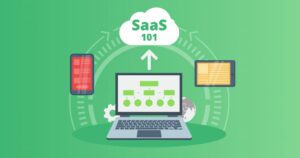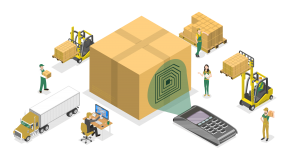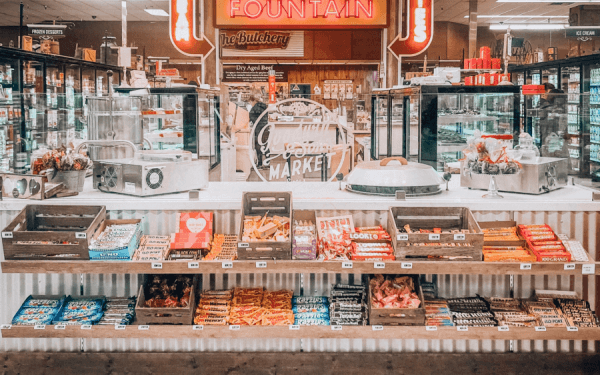
Table of Contents
Merchandisers play a key role in the retail business. Especially in FMCG because they oversee products’ planograms, or better known as how goods should be displayed in-store shelves.
What do merchandisers do?
They make sure products arrive on time, ensure optimal stock levels in each store, and working closely with the store’s staff in maintaining the shelves. Merchandisers are in charge of recording and updating in-store data, upload photos of planograms, check in-store initiatives and promotions, as well as collect competitor insights. They can submit the data using common communication channel (WhatsApp, email, or mobile apps). However, if you have been managing field agents, this process may not be as seamless as it sounds
Why is planogram important?
A good planogram goes hand in hand with sales profit. Visible and reachable products increase customer chances of purchasing it. Every detail matters, from putting up price tag, promotional signs, making sure the label facing forward, and more.
Retail space is expensive. The exact costs vary but most stores, especially modern outlets, charge more for premium shelf space because people tend to see certain spots better. For example, it’s easier for customers to grab a product at eye level and put it in their cart.
This is why as competition increases and business starts to be aware of the importance of planograms, merchandiser’s job is to keep up with the competitors’ performance as well. Shelf space needs to be optimized, promotion needs to be constantly updated, and display needs to be ensured that it looks better than the competitors’.
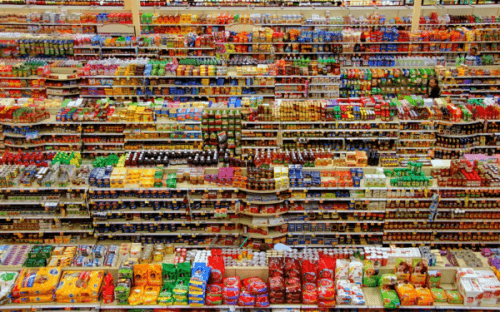
Why do we need better system?
Merchandiser representatives often cover large territories and visit several stores every day. They might even perform completely different tasks depending on the brand. With a busy schedule, stretching their capacity in the number of visits will do more harm than good.
So, what if the principal company wants to do an expansion? Is there any way to acquire new territory without hiring more merchandisers? Is there a tool to minimize their visit?
Why Advotics?
Available on mobile platform, Advotics designed Advocate Relationship Management (ARM) for store’s staff to use. The designed interface makes the system is easy to use for anyone. Advotics ARM allows store to take photos of the principal’s product planogram and promotion layout.
Since planograms are documented by the store staff, merchandisers don’t have to visit the store as often or only visit whenever special promotions are coming. Planogram documentation can also be processed immediately with head office team because all devices are synchronized.
Using Advotics ARM allows merchandisers to handle more stores without feeling overwhelmed by cramping their visits with a tight schedule. Consequently, principals can cover more stores without the need to recruit more merchandisers. At the same time, the system is increasing the processing times of documentation by storing every data in the cloud.

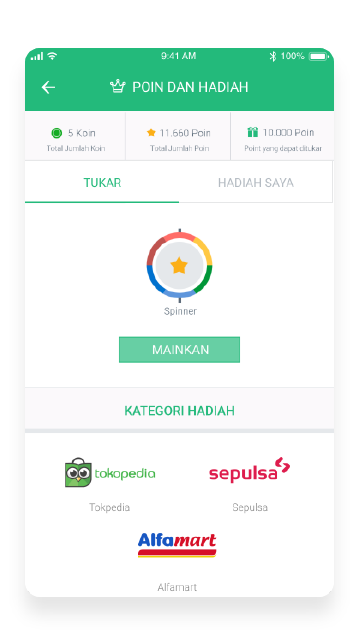
How it Works?
You’re probably wondering why should the store’s staff do more extra work for your brand? What’s in it for them?
We can engage store staff with a loyalty program. By documenting your brand’s planogram, they can get loyalty points that later can be redeemed with cashback, vouchers, gifts, etc. You can also set up a loyalty tier so the more they do activities, the more exclusive the vouchers are available for them.
If you incentivize your client better, their retention to your brand could improve. They would more likely to recommend your brand than your competitors. This deeper relationship is important especially in B2B FMCG sales where competitions are getting tougher.

